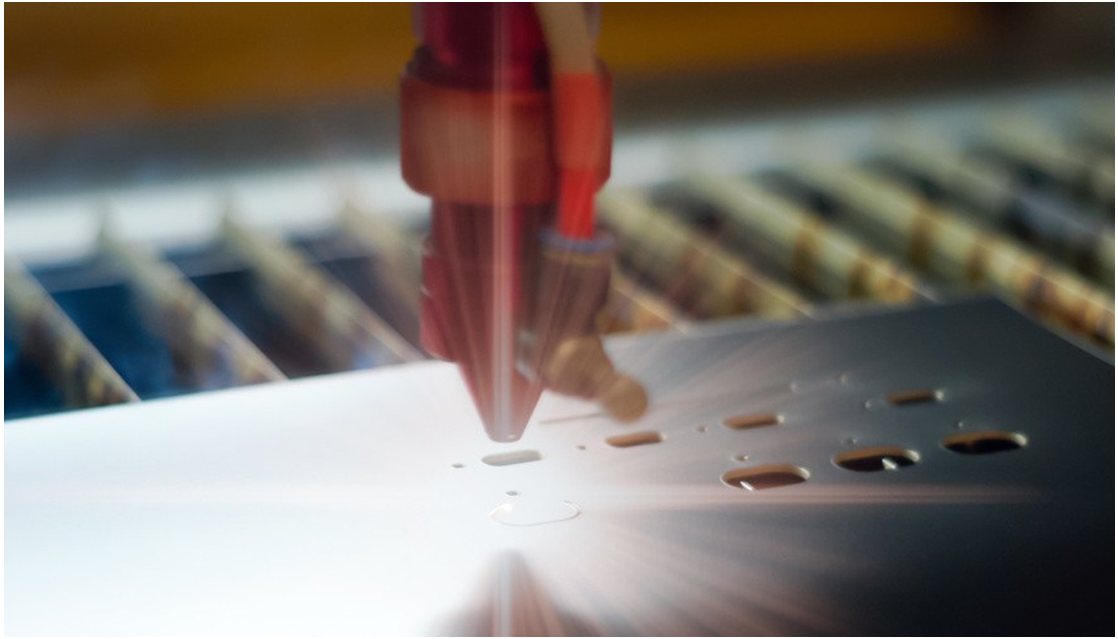Through holes on a PCB refer to a hole that is drilled from the top and through to the
bottom of a PCB, these can be plated (PTH) or non-plated (NPTH).
Through-hole technology, also spelled “thru-hole”, refers to the mounting scheme used
for electronic components that involves the use of leads on the components that are
inserted into holes drilled in PCBs and soldered to pads on the opposite side either by
manual assembly (hand placement) or by the use of automated insertion mount machines.
Through-hole technology almost completely replaced earlier electronics assembly
techniques such as wire wrapping. From the second generation of computers in the 1950s
until surface-mount-technology (SMT) became popular in the late 1980s, every component
on a typical PCB was a through-hole component.
PCBs initially had tracks printed on one side only, later both sides, then multi-layer
boards were in use. Through holes became plated-through holes (PTH) in order for the
components to make contact with the required conductive layers. Plated-through holes are
no longer required with SMT boards for making the component connections, but are still
used for making interconnections between the layers and in this role are more usually
called vias.

NPTH
≤4.00mm the tolerance on the diameter is +/-0.05mm
>4.00mm the tolerance on the diameter is +/-0.10mm
PTH

Average Cu plating thickness is min 20µm.
Any individual hole should have a min of 18µm Cu.
Any localised part of a hole wall should have 15µm Cu as a min.
The tolerance on the diameter please see Tolerances on a PCB.
Active Through-hole Components
If you remember back to your electronics classes, you’ll likely remember the integrated
circuits you used with dual-inline package (DIP) or plastic DIP (PDIP). These components
are normally seen as being mounted on breadboards for proof-of-concept development, but
they are commonly used in real PCBs. The DIP package is common for active through-hole
components, such as op-amp packages, low-power voltage regulators, and many other common
components. Other components like transistors, higher power voltage regulators, quartz
resonators, higher power LEDs, and many others may come in a zig-zag in-line package
(ZIP) or transistor outline (TO) package. Just like axial or radial passive through-hole
technology, these other packages mount to a PCB in the same way.
Through-hole components came about at a time when designers were more concerned with
making electronic systems mechanically stable and were less concerned about aesthetics
and signal integrity. There was less of a focus on reducing space taken up by
components, and signal integrity problems were not a concern. Later, as power
consumption, signal integrity, and board space requirements began to take center stage,
designers needed to use components that provide the same electrical functionality in a
smaller package. This is where surface-mount components come in.
 Well-known PCB supplier
Well-known PCB supplier


 Average Cu plating thickness is min 20µm.
Average Cu plating thickness is min 20µm.